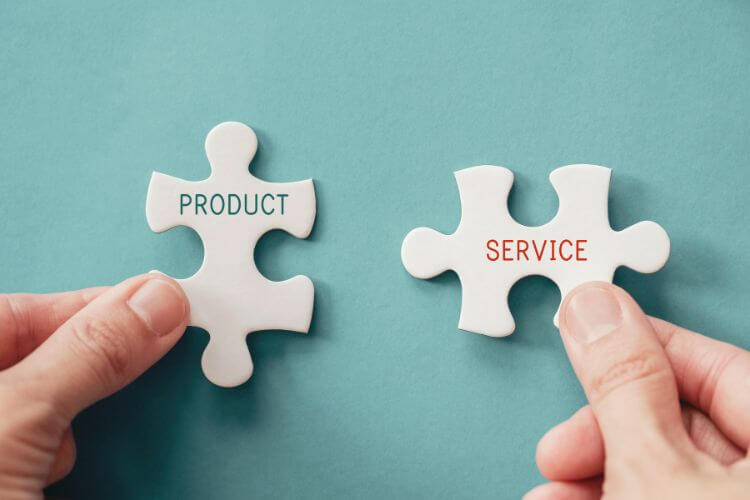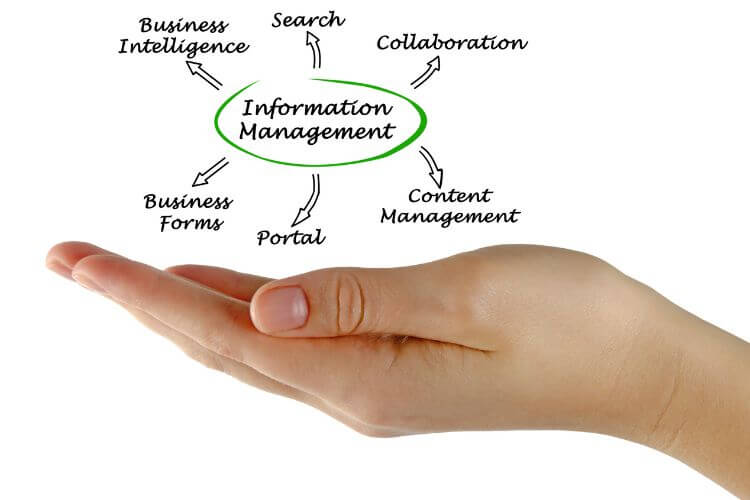In today’s competitive business landscape, understanding the core elements that drive companies forward is not just beneficial it is crucial. Central to these elements are the 7 functions of marketing. These fundamental processes play significant key roles of marketing in a company. Whether you are a seasoned marketing professional, a marketing manager, or a small business owner seeking growth, clarity about these foundational marketing elements can lead to improved performance and profitability.
This comprehensive guide will delve into the seven functions of marketing, providing real-world examples and actionable insights that marketers and executives can immediately implement to enhance their marketing success.
Understanding the 7 Functions of Marketing
What Are the 7 Functions of Marketing?
The seven functions of marketing are the essential activities businesses employ to align their offerings with customer needs and business goals. Also known as the core functions of marketing, these activities help a company navigate the market, engage with customers, sell effectively, and grow sustainably.
The known seven functions are:
- Market Research
- Product and Service Management
- Pricing
- Promotion
- Selling
- Distribution
- Marketing Information Management
Each of these core functions significantly contributes to comprehensive marketing strategies, allowing businesses to effectively attract and retain customers.
1. Market Research

Understanding Market Research
Market research involves detailed gathering and analysis of data concerning target customers, competitor strategies, and industry trends. Its primary goal is uncovering customer needs, preferences, and pain points to guide strategic decisions.
Key roles of market research include:
- Identifying market opportunities and dangers.
- Understanding target customers in depth.
Action Steps for Effective Market Research:
- Conduct surveys, individual interviews, and focused group discussions.
- Leverage analytical digital tools such as Google Analytics.
- Monitor competitor marketing efforts and industry trend reports.
Practical Examples:
- A bakery conducts surveys to discover that chocolate pastries significantly outsell fruit-filled pastries. The bakery then adjusts its offerings, increasing chocolate-based products and experiencing a higher sales uplift.
- A tech startup deeply analyzes expanding cybersecurity threats and develops a sought-after cybersecurity product, achieving significant market presence quickly.
2. Product and Service Management

Enhancing Product and Service Management
Product and service management involves developing, improving, and iterating on products and services. Constant evaluation based on customer feedback ensures businesses stay aligned with customer demand and maintain high product quality.
Action Steps for Effective Management:
- Regularly solicit and leverage customer feedback.
- Track key performance indicators (KPIs) for product success.
- Actively innovate and improve your product portfolio.
Practical Examples:
- A software provider regularly updates its cybersecurity solutions based on user-reported vulnerabilities, improving customer security and satisfaction.
- A clothing brand quickly adapts production to match emerging fashion styles, gaining a robust competitive edge.
3. Pricing

Setting an Effective Pricing Strategy
Pricing involves determining product or service cost frameworks that cover business costs, reflect brand perception appropriately, and remain attractive to customers.
Effective pricing decisions deeply influence customers’ perceived value and buying behaviors.
Action Steps for Pricing Decisions:
- Evaluate production and operating costs alongside competitor prices.
- Choose flexible pricing strategies such as skimming, penetration, or value-based pricing.
- Regularly revise prices based on real-time market feedback.
Practical Examples:
- A streaming service adopts a lower price introductory offer, attracting potential customers away from established services and gaining substantial market share.
- Luxury brands set higher prices, reinforcing perceived prestige and exclusivity.
4. Promotion

Communicating via Strategic Promotion
Promotion involves communicating clearly with your target market to drive brand awareness and enhance customer relationships through strategic marketing campaigns.
Action Steps for Effective Promotion:
- Employ integrated promotional strategies, blending digital media, traditional advertising, and PR.
- Leverage powerful digital channels, including email marketing and content marketing.
- Develop engaging content tailored specifically to your target audiences.
Practical Examples:
- A clothing retailer effectively grows brand awareness and customer interaction by launching a creative Instagram contest highlighting new fashion lines.
5. Selling

Effective Selling Practices
Selling encapsulates direct interaction with customers, forging stronger customer relationships and achieving revenue growth through personalized techniques and effective selling skills.
Action Steps for Maximized Sales:
- Continuously train your sales team with updated product knowledge and effective selling methods.
- Personalize your sales approach based on customer data insights.
- Offer reliable after-sales support, fostering trust and repeat business.
Practical Examples:
- Retail businesses personalize their in-store service based on customers’ purchasing history, generating significantly higher sales conversion.
- Cybersecurity service providers build trust through tailored consultation, reliably increasing conversion rates.
6. Distribution

Efficient Distribution Channels
Effective distribution ensures your product or service reaches your potential customer base through well-planned physical or digital channels.
Action Steps for Optimal Distribution:
- Evaluate and select suitable distribution channels such as direct-to-consumer online sales, partnerships, or retail.
- Focus on logistics management, inventory tracking, and smooth supply chain operations.
- Embrace omnichannel distribution to maximize customer purchase convenience.
Practical Examples:
- E-commerce businesses manage efficient logistics to consistently deliver quick shipment options, thus increasing overall customer satisfaction and repeat purchases.
- Local businesses strategically choose community-centered retail locations, boosting foot traffic without extensive advertising spend.
7. Marketing Information Management

Data-Driven Marketing Information Management
Marketing information management leverages systematic collection and analysis of data, enabling data-driven decisions to effectively respond to evolving markets and consumer behaviors.
Action Steps for Effective Information Management:
- Implement comprehensive CRM tools.
- Continuously analyze KPIs, conversion rates, customer retention, and CAC (Customer Acquisition Cost).
- Ensure stringent data privacy compliance, following frameworks like GDPR.
Practical Examples:
- Cybersecurity marketers leverage Google Analytics data to precisely optimize digital marketing budgets, effectively reducing customer acquisition costs.
- Companies adjust promotions based on campaign ROI insights garnered from CRM and marketing tools dashboards.
The Importance of Marketing Functions in Business
Understanding and integrating these core functions create synergies critical for marketing success. Together, they facilitate greater customer satisfaction, retention, increased profits, market share, brand strength, and business stability.
Applying the 7 Functions in Digital Business
Digital adaption amplifies these functions, leveraging online platforms, powerful analytics tools, email marketing, SEO, and other digital marketing channels.
Benefits of Digital Enhancements:
- Wider global reach.
- Lower costs compared to traditional marketing.
- Real-time insights for rapid decision-making.
Actionable Tips for Implementing the 7 Functions
- Create and follow a comprehensive marketing plan encompassing measurable goals and targeted marketing strategies.
- Frequently analyze measurable data for strategic adjustments and effective resource utilization.
- Train your marketing team regularly to keep competencies sharp.
- Regularly invest in technological upgrades, including automation.
- Maintain agility, constantly adjusting your marketing decisions according to customer feedback and evolving market trends.
Conclusion
The 7 functions of marketing serve as foundational pillars for effective marketing strategies. Good marketing relies on actively integrating and implementing these interconnected functions, enabling businesses to foster lasting competitive advantages and growth.
